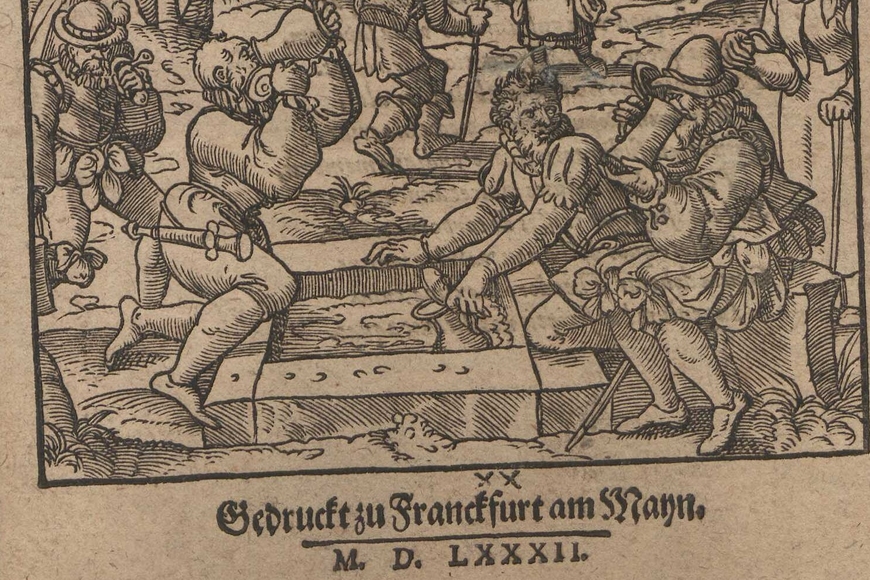How to Make a Holy Well: Attributing Meaning and Establishing Practices at Healing Water Sites in Early Modern Germany
271 19th Ave S
Minneapolis,
MN
55455
About the Lecture:
In early modern central Europe, spas and balneology (the science of healing waters) had an established place among medical treatments. At the same time, there was also a long medieval tradition of Catholic holy wells that was deeply embedded into the worship of saints at pilgrimage sites. Between the mid-sixteenth and the late seventeenth centuries, Lutheran clergy in Germany offered an alternative representation of healing waters. By interpreting new healing wells as “miracle wells” (Wunderbrunnen), Lutherans sought to establish their own understanding of healing water in the space between the two established representations. This paper asks: How were healing waters and holy wells represented in German-language pamphlets, broadsheets, and images, and in the material culture associated with these wells? What was the relationship between official and popular religious attitudes and practices?
About the Speaker:
Ute Lotz-Heumann is Professor of History, Heiko A. Oberman Chair of Late Medieval and Reformation History, and Director of the Division for Late Medieval and Reformation Studies at the University of Arizona. She works on early modern Irish, British, and German history. Her first monograph focused on religious conflict and accommodation in sixteenth- and seventeenth-century Ireland. Her most recent monograph is entitled The German Spa in the Long Eighteenth Century: A Cultural History. She is currently working on a Digital Humanities project and a monograph about the diary of Samuel Pepys and a monograph about religious interpretations of healing waters in early modern central Europe.
